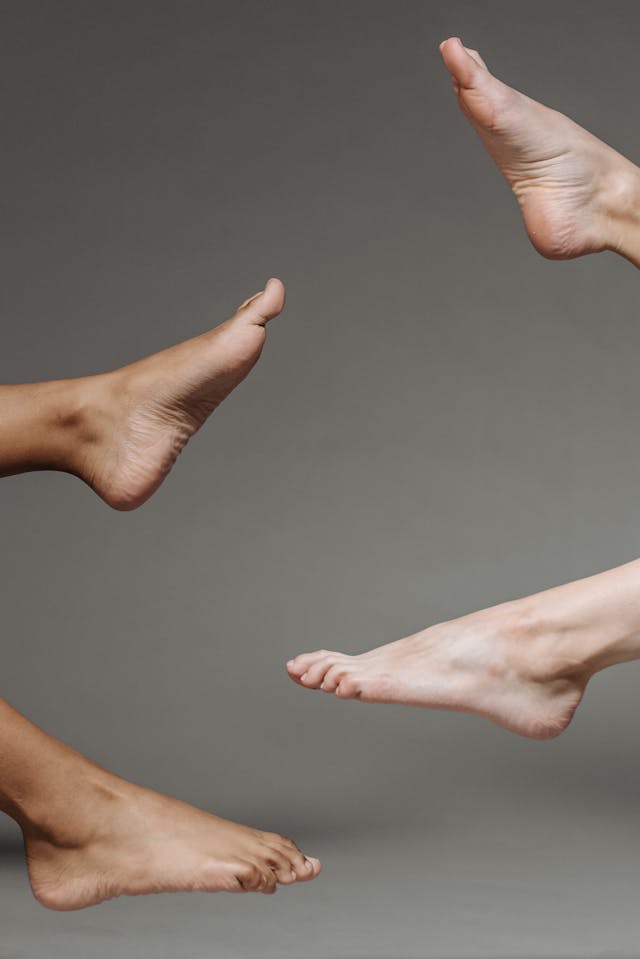By Lillian Khanna

When it comes to working out, shoes are often seen as an essential piece of equipment. We spend a considerable amount of time finding the shoe that fits our feet best when we may not even need that additional support. A growing number of fitness enthusiasts and wellness advocates are discovering the benefits of getting rid of sneakers and hitting the gym floor completely barefooted.
Why Go Barefoot?
Working out barefoot can enhance your stability by allowing your feet to interact directly with the ground. Without the cushioning and support of shoes, your feet have to work harder to maintain balance, which can strengthen the muscles in your feet and ankles. These smaller muscles are equally as important as a quad or a bicep, especially since they are the foundation of our bodies. For exercised that require a strong foundation such as squats and lunges, training barefoot can really aid in a stronger foundation that can support more weight.
Barefoot workouts can also improve your mobility. Being shoeless allows your feet and toes to move more freely, promoting a greater range of motion. This can lead to better form and execution in various exercises, enhancing overall performance and reducing the risk of injury. Many shoes today are build with additional cushioning for comfort or try their best to pad where we experience the most weight concentration when we walk however, this padding throws off how we carry and shift our weight. So when we wear these same shoes in weight training, our center of gravity and our balance is changed because of it. It’s why Olympians ware special flat-footed shoes or people lift in Vans and Converse!
One of the more abstract benefits of barefoot workouts is the increased sensory awareness. When you work out without shoes, your feet become more attuned to the surface beneath them. This heightened sense of touch can improve your proprioception—the body’s ability to perceive its position and movement in space—which is crucial for coordination and balance. Many lifts, even the basics like lunges, require an increased level of balance that with the incorrect shoes on can be very difficult.
While barefoot workouts offer numerous benefits, it’s important to know when they are appropriate. High-impact activities like running long distances or engaging in HIIT workouts require supportive footwear to protect your feet from strain and injury. For these exercises, sticking to a good pair of shoes is recommended.
Incorporating barefoot workouts into your routine can be a really great way to connect with your body on a deeper level, improve your performance, and enhance your overall wellness. If you’re curious about trying it out, start with low-impact exercises and gradually build up as you become more comfortable. Your body—and your feet—will thank you!

